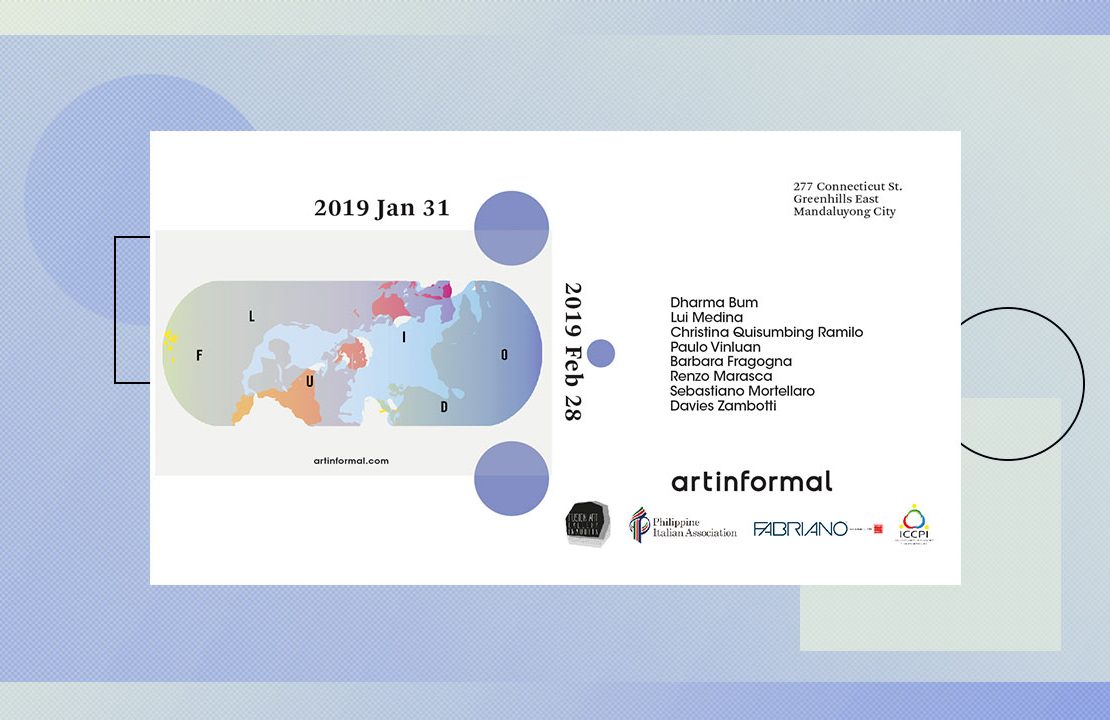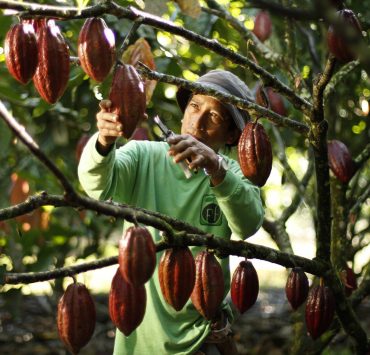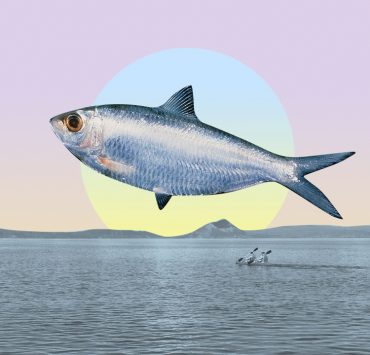It is impossible to talk global politics without touching on the question of “place.” A few weeks ago, a Saudi woman made headlines after she fled from her family and sought asylum in Canada citing an abusive relationship with her kin. While in the US, the longest government shutdown continues as Trump insists on putting up a border wall in Mexico. And then there’s Theresa May and Brexit.
Perhaps this is why the subject is a fertile ground for artists. The inquiry of place, territory, the homeland, migration, travel, movement, borders presents a plethora of possibilities and narratives.
https://www.instagram.com/p/BswxJ8PFQGF/
Lui Medina, whose latest works take on physical manifestations of this subject through topographical maps is no stranger to this inquiry, having exhibited and resided in Italy, Indonesia, Taipei, Singapore, and the UK, to name a few.
Her newest project in collaboration with Italian artist and friend Barbara Frogogna is an exhibit called Fluido featuring four Italian artists and four Filipino artists’ meditations on the question of “place.”
We caught up with Medina ahead of the exhibit’s launch on Jan. 31 at Artinformal in Greenhills, San Juan, to talk about her curation process, collaborating with artists from her homeland and from the west, and the politics of place.
How did the exhibition and collaboration with Italian artists come about?
The collaboration was the result of a two-month residency I went on in 2018 at Fusion/Inaudita in Turin, an independent art space and publishing platform run by Barbara Frogogna, who is also the curator of the show.
During my stay as artist-in-residence, I was able to make connections with the community of contemporary artists that Barbara—and the gallery works with. Last November, I went back for a show in Associazione Quasi Quadro, another independent space that Fusion is also connected with and that was when Barbara and I really finalized all the exhibition plans.
https://www.instagram.com/p/BnDoC6aA7Hk/
What was the process of selecting artists for the exhibit like?
The artists that were selected for the show all somewhat deal with the political themes in their work, both directly and indirectly—from identity, history, and sense of place.
From the Italian side, the four artists chosen by Barbara from Fusion/Inaudita share the political approach in their works in a spectrum of different points of view—there’s the personal in Davies Zambotti’s work, which has an intimate and existential vision, Renzo Marasca whose practice focuses on finance and economy, and Sebastiano Mortellaro’s territorial approach with his use of the stereotypes and history of the region he comes from, Sicily in the south of Italy.
Then there is Barbara’s own work, which is connected to the rights and relations between individuals and their cultural surroundings.
The Filipino artists selected for the exhibition also engage with political themes in their works, like Christina Quisumbing Ramilo’s works that deal with questions around our sense of identity and history, and Paulo Vinluan who works between New York and Manila and whose practice deals with questions around place and the idea of home.
https://www.instagram.com/p/BtAgXo6Fpu5/
On your end, what pieces will you be exhibiting and what was the curation process like when choosing which ones of your pieces go on display?
I’ll be showing work that is still part of the series that I have been working on the past year (and what I’ve prepared for my last August show at AI Makati) since my current research is already in line with the ideas and concept behind the show.
What about the ‘question of place’ that made it your starting point for the exhibition?
Where is the place where we fit in? What is place? Is it strictly connected to the idea of boundaries/borders, culture and territory, as well as History? Is our own body a place? Is the collective body the place? These were the questions that Barbara (Frogogna) was thinking of when we were at the very early stages of organizing the show.
The exhibit also touches on the question of homeland and crossing borders which is very timely considering the whole Trump and border wall issue. Was that part of the considerations when you were conceptualizing this exhibit?
When Barbara and I started to put together the show, a lot of the conversations we were having were about movement and migration, also because at the time that we were conceptualizing the show, Italy had just had their general elections and there was a lot of talk around the right wing party coming into power, as well anti-immigration sentiments.
So this, along with questions around nationhood and borders became sort of like jumping off points for the concept of the show. Engaging with the question of homeland/nationhood and borders are quite timely in general, because of the whole Trump border wall issue and all the similar expressions of power all over the world—as well as with what’s happening everywhere right now, Europe, America, right here in Asia.
On a personal level, some of the artists from the Italian side are dealing with their own issues with these ideas of nationhood and borders, particularly Sebastiano (Mortellaro) who is from Sicily, a region in Italy that has been dealing—and is still dealing with migration issues. And more importantly, as artists, we are very sensitive when it comes to the idea of free movement because we have to be able to do it in order to think and produce our work.
https://www.instagram.com/p/BmLD0ttA9z9/
In the exhibition write up, there was a mention of the gallery being a ‘neutral’ place. Do you also share that thinking, that art spaces, and art, in general, are universally belonging to no one and to everyone at the same time?
I have reservations with the use of the word ‘belonging’, but one thing I will say is that I believe as artists, what we do, basically, is take from and respond to things happening around us—in our own individual ways of course, and present them as pieces/objects/images that viewers can engage with. And galleries/exhibition spaces are places where these engagements happen, so in that way, for Barbara and I, it can be described as ‘neutral’.
What are some takeaways that you have learned from putting together this exhibit that you hope to share with the viewing public?
What we’re hoping for from this collaboration is to create more opportunities for cultural exchange, between the artists—and everyone else involved in the show, as well as the community around it.
Fluido curated by Barbara Fragogna and Lui Medina opens on Jan. 31, 6 p.m. at Artinformal Greenhills San Juan. The exhibition will run until Feb. 28.
Presented in partnership with the Philippine-Italian Association, the Italian Chamber of Commerce in the Philippines, and Prestige Paper Products.
Get more stories like this by subscribing to our weekly newsletter here.
Read more:
Artist made labyrinthine paintings look light and calming in new exhibit
This new art space in Pasay opens with an exhibit featuring 20+ local artists
Malang, Fernando Botero, David Medalla, and other artists featured for Art Fair 2019
Writer: CHRISTIAN SAN JOSE




